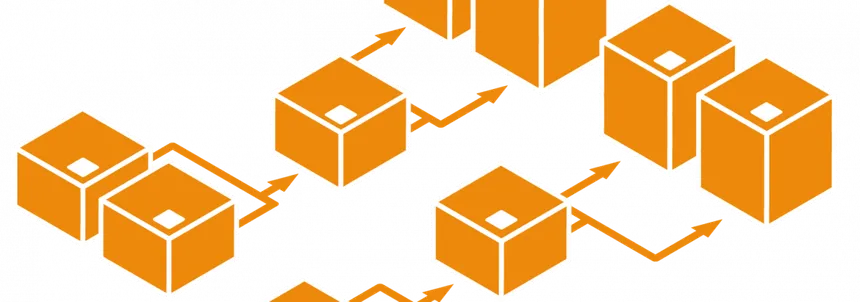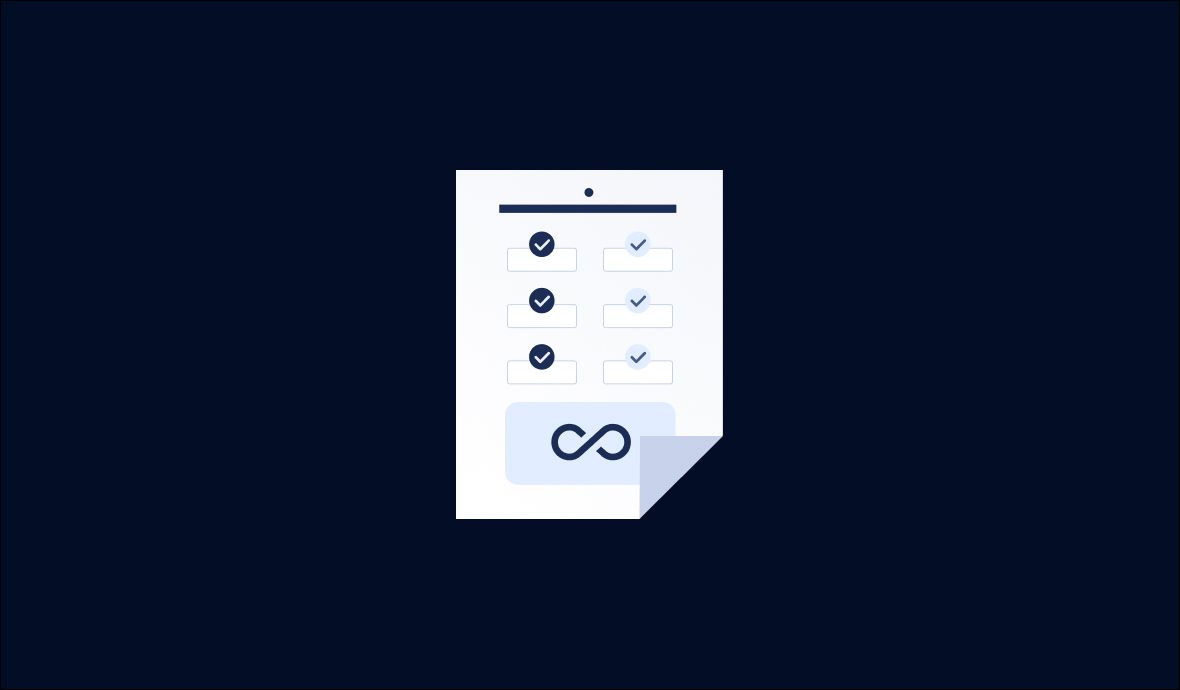What is Threat Modeling?
Threat modeling pinpoints the attack vectors that threat agents could use and adopts the perspective of con actors to understand how much damage they can cause. We look beyond the typical canned list of attacks to think about new attacks or attacks that may not have otherwise been considered. Typically, threat modeling is conducted during the design phase of a new application, although it can occur at other stages. The primary objective is to help developers find vulnerabilities and understand the security implications of their design, code, and configuration decisions.
Why do organizations need Threat Modeling?
Organizations need threat modeling to systematically identify, understand, and address potential security threats and vulnerabilities in their systems and applications. Threat modeling helps organizations in several key ways. It provides a structured approach to identifying potential threats early in the development lifecycle, which can prevent costly security breaches later on. By understanding the potential attack vectors and the impact of different threats, organizations can prioritize their security efforts, focusing on the most significant risks.

Benefits of Threat Modeling.
- Prevents device malfunctions and unauthorized access that could harm patients.
- Safeguards patient information from breaches, maintaining confidentiality and trust.
- Ensures adherence to standards set by regulatory bodies like the FDA, ISO, and HIPAA, avoiding legal repercussions.
- Detects and mitigates vulnerabilities before they can be exploited, reducing the risk of cyberattacks.
- Improves the overall security framework of healthcare organizations.
- Ensures the integrity and reliable operation of medical devices.
- Builds confidence among users and patients in the security of the devices.
- Define the System or Application
- Create A Data Flow Diagram
- Use of STRIDE Threat Model
- Determine the Impact of Threats
- Identify Vulnerabilities
The first step is to define the scope of the system or application that we are modeling. This includes identifying the assets, such as data, hardware, and software, that need to be protected.
A data flow diagram (DFD) visualizes how data flows through the system or application. Creating a DFD will help identify potential threats to the system.
Using the STRIDE threat model/framework (Spoofing, Tampering, Repudiation, Information Disclosure, Denial of Service, and Elevation of Privilege), identify potential threats to the system or application.
For each potential threat, determine the likelihood of its occurrence and the impact on the system or application. This can be done using risk analysis techniques such as the DREAD threat model (Damage, Reproducibility, Exploitability, Affected Users, Discoverability).
For each discovered threat, identify potential threats to the system or application. This could include external threats such as hacking, malware, or social engineering, as well as internal threats such as insider threats or human error.
Identify the Attackers' Tactics
Stay Ahead of Attackers Techniques'
Protect your most valuable Components
Prevent Reputational Loss
Why choose lorcam securities?
- Complete Security Assessment - Application, Cloud , Network.
- Effective Gap Analysis by our Experts.
- Working with a Diverse range of Industries of about 450+ Enterprises and SMEs.
- Track record of providing excellent cyber security solutions.




































